A place where life is soft, peaceful and bright, where stress and rush haven’t been brought yet by the anxious modern civilization, the island of Bonaire is a perfect getaway destination. One of the so-called ABC Islands (next to Aruba and Curaçao), Bonaire is a tiny piece of land located in the Caribbean Sea, off the north coast of Venezuela, east of Central America. There are only about 17 000 of permanent residents, yes visitors keep coming, appealed by turquoise waters, gorgeous beaches and tranquillity. Among them, there are many scuba divers, spoiled for the choice of diving sites, as well as windsurfers, kite surfers, and other water sports enthusiasts.
Table of Contents
History Island of Bonaire
The small island of Bonaire has a rich history, parts of which are grim and dramatic. Archaeological sites remind of its earliest inhabitants, Caquetio Indians. They arrived in Bonaire from Venezuela at the beginning of 11th century. At the end of 15th century, the island received other newcomers; Spanish conquistadors. In 1499 Alonso de Ojeda, Amerigo Vespucci and Juan de la Cosa arrived in Bonaire and claimed it for the Spaniards. Over 30 years later, the Dutch took over the island. In the 17th century, African slaves were brought to Bonaire and put to work in the salt pans. Indians were enslaved even earlier, as soon as the first conquistadors arrived. For some time in the 19th century it also belonged to England, but soon was returned to the Dutch. Under the Emancipation Regulation, slaves were finally freed, yet this dark part of Bonaire’s history till now contrasts with its natural beauty and peaceful ambiance. Right now, Bonaire politically is a part of the Netherlands.
Kralendijk is capital of the island of Bonaire
With low, colorfully painted buildings and colonial houses, Kralendijk is a charming and cozy town. It’s the island’s capital and main port. There are several impressive monuments, a Protestant Church and a museum in which you can learn about the history of Bonaire. Fort Oranje is one of the fascinating sites, a fort built in 1639 by the Dutch. Despite its small size, the town features a medical school, quite some shops, and plazas.
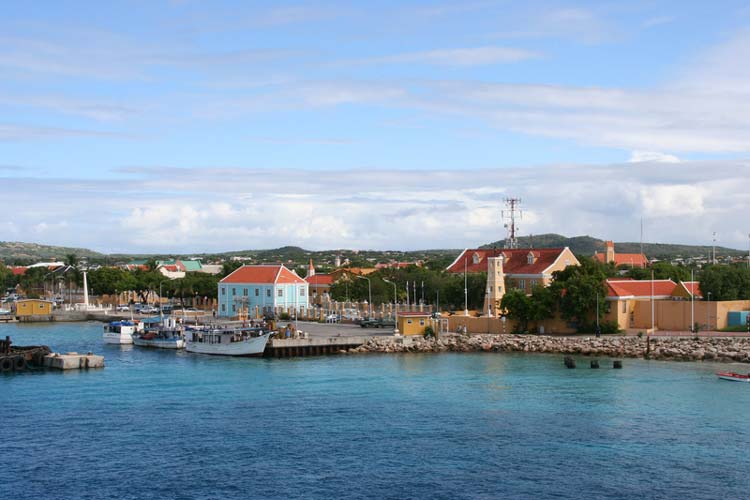
Rincon
The second biggest city in the island (there are only two, Kralendijk and Rincon), Rincon has a population of about 2000 people. Excellent events are being held in Rincon once in a while, like carnival parades, annual harvest festival, and a social market.
Gotomeer
A beautiful salt-water lagoon located in the northern part of the island, Gotomeer is a favorite place of flamingos. If you’re into bird-watching, that’s where you should head first. These graceful, pink birds can often be seen in Gotomeer since it’s one of few places in the world where they nest.
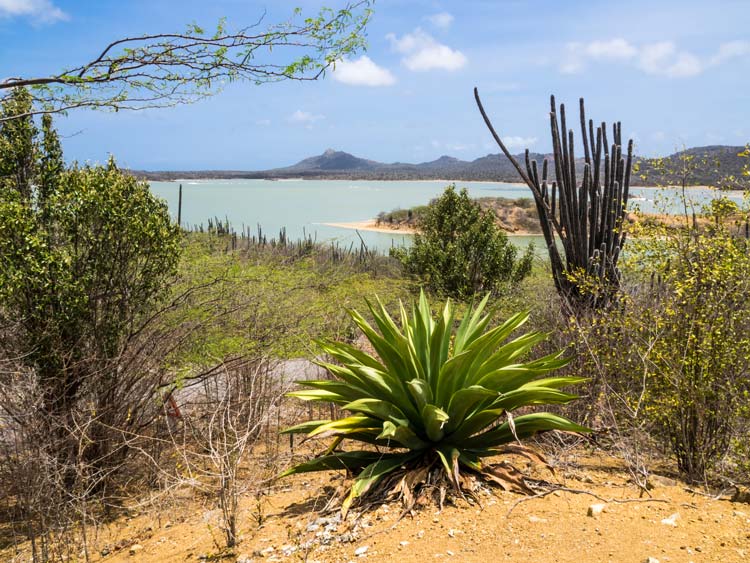
The Mangazina di Rei
The Mangazina di Rei, in the times of slavery, was used by Dutch to store provisions for the slaves. It’s scenically located on a hill and surrounded by charming traditional houses. Now the Mangazina di Rei is a cultural center where many events take place.
Onima Indian Inscriptions
The symbols in-scripted on the limestone are said to be the work of Arawak Indians, the first inhabitants of the island. You can find them as you drive out from Kralendijk to the direction of Rincon, small signposts will help you to find the exact direction.
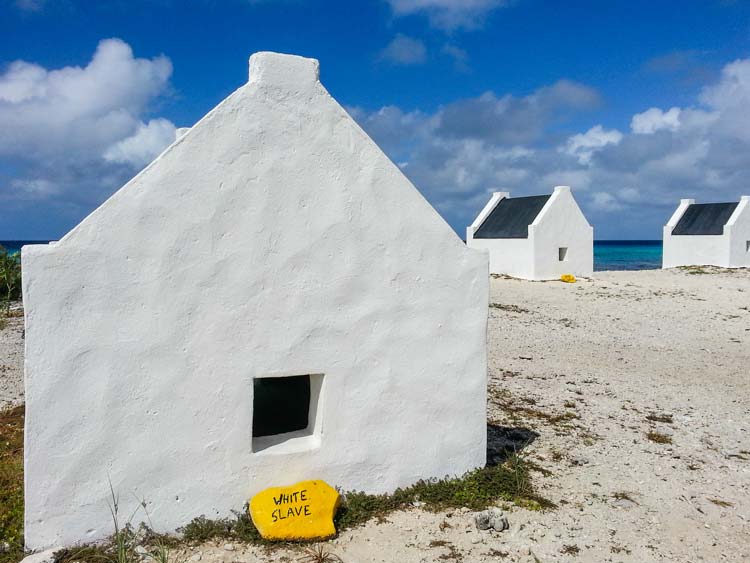
Watersports
Adventurers and active travelers will never get bored on the island of Bonaire. There’s just so much to do, from snorkeling and scuba diving to fishing or sailing. Bonaire’s Marine Park included 86 different diving sites and shelters plenty of colorful fish and corals. If you haven’t done diving before, you can attend a course organized by local dive operators. Thanks to the friendly climate, kitesurfing is possible almost all year long. Two schools hold lessons for beginners, so here’s another thing you can try out. There are also many fantastic snorkeling sites. Once you get under the water, you can encounter turtles, seahorses and various species of fish. The island also offers such activities as tube riding, ray boarding, kayaking or wakeboarding.
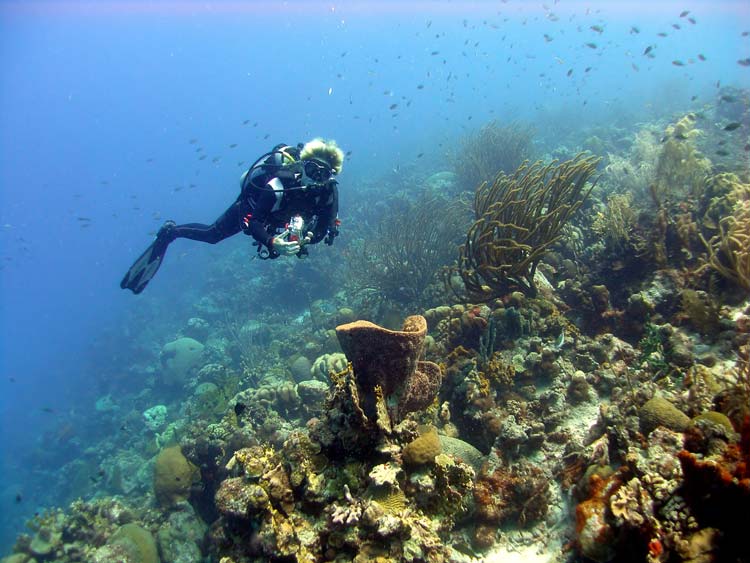
Other sports
Hiking, horseback riding, climbing or biking, all of that also can be done in Bonaire. Nature-lovers can enjoy the fresh air and beautiful nature, while actively spending their time.
Relaxing
After you snorkel, dive, climb rocks and hike all across the island, there’s nothing more pleasant than laying down on a sunbed and listening to the waves. There are over 20 lovely beaches, some of them situated on Klein Bonaire, a small, uninhabited Bonaire’s sister island. Most of the beaches are white; some a bit darker and pinkish, because of the crushed shells and coral washed ashore.
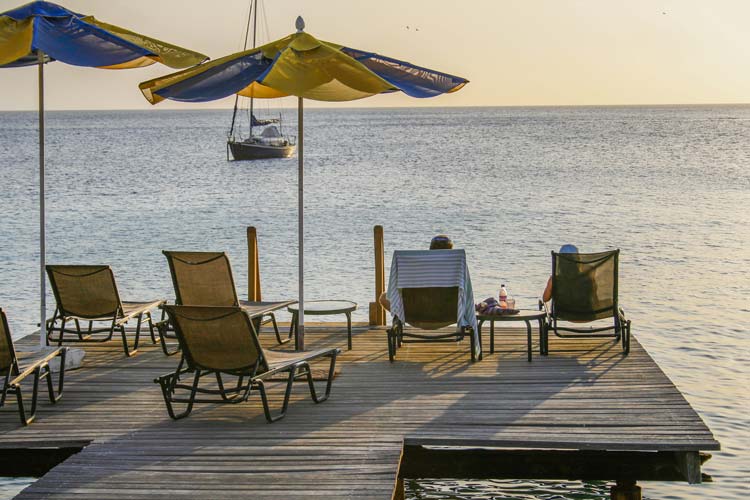
The Island of Bonaire, even though so small, has plenty to offer. If you don’t know where to go for vacation, it might be the right place to choose, especially if what you seek is getting away from the hustle and bustle and worries of daily life. Wouldn’t you love to spend some time there? Let us know!




IS BONAIRE OPEN FOR TRAVEL AND SCUBA DIVING WITH COVID CONCERNS/ 8/27-9/2/20 ?